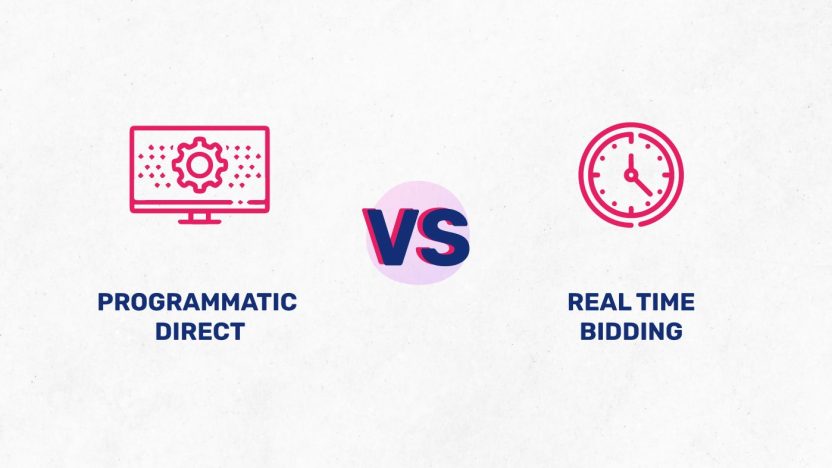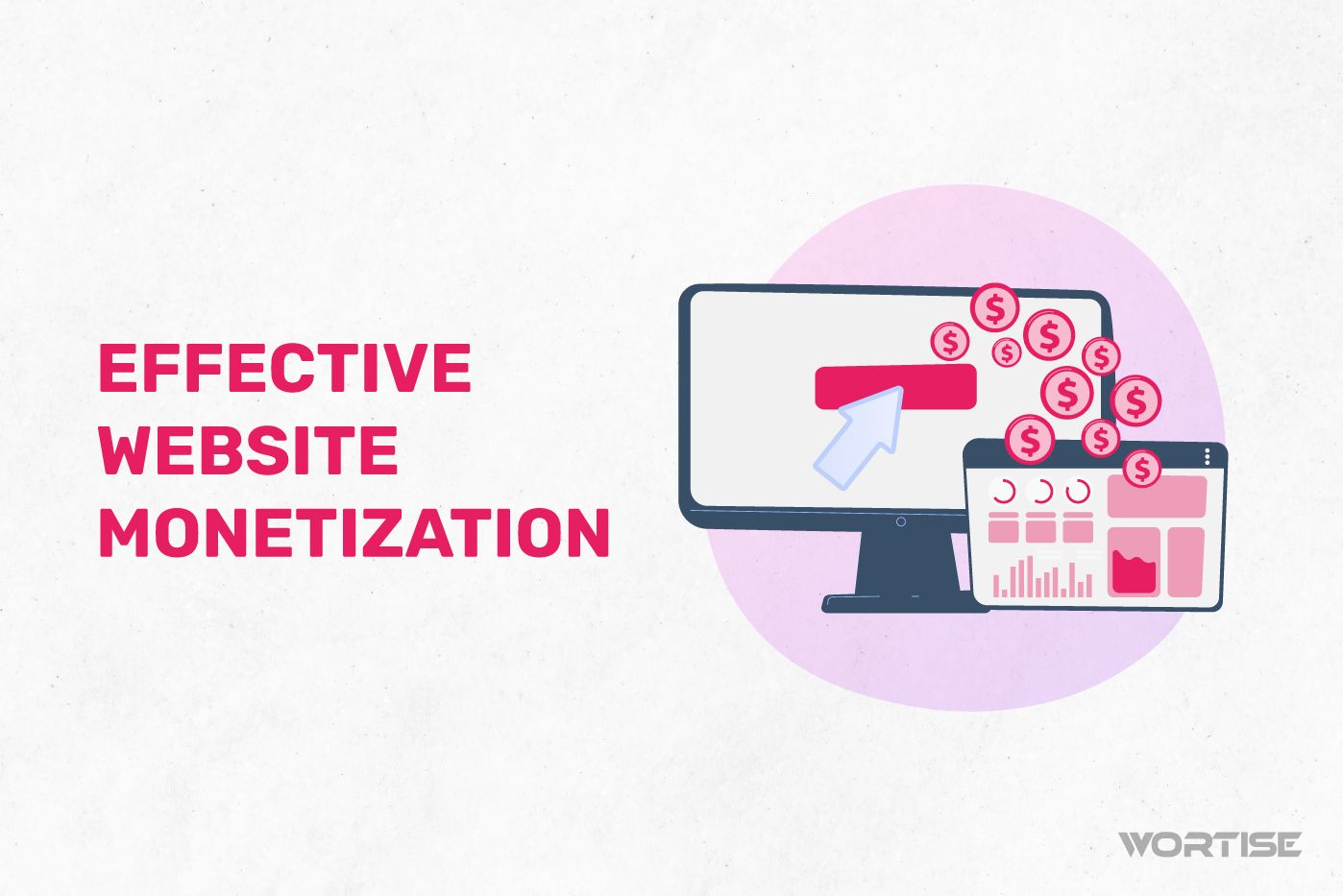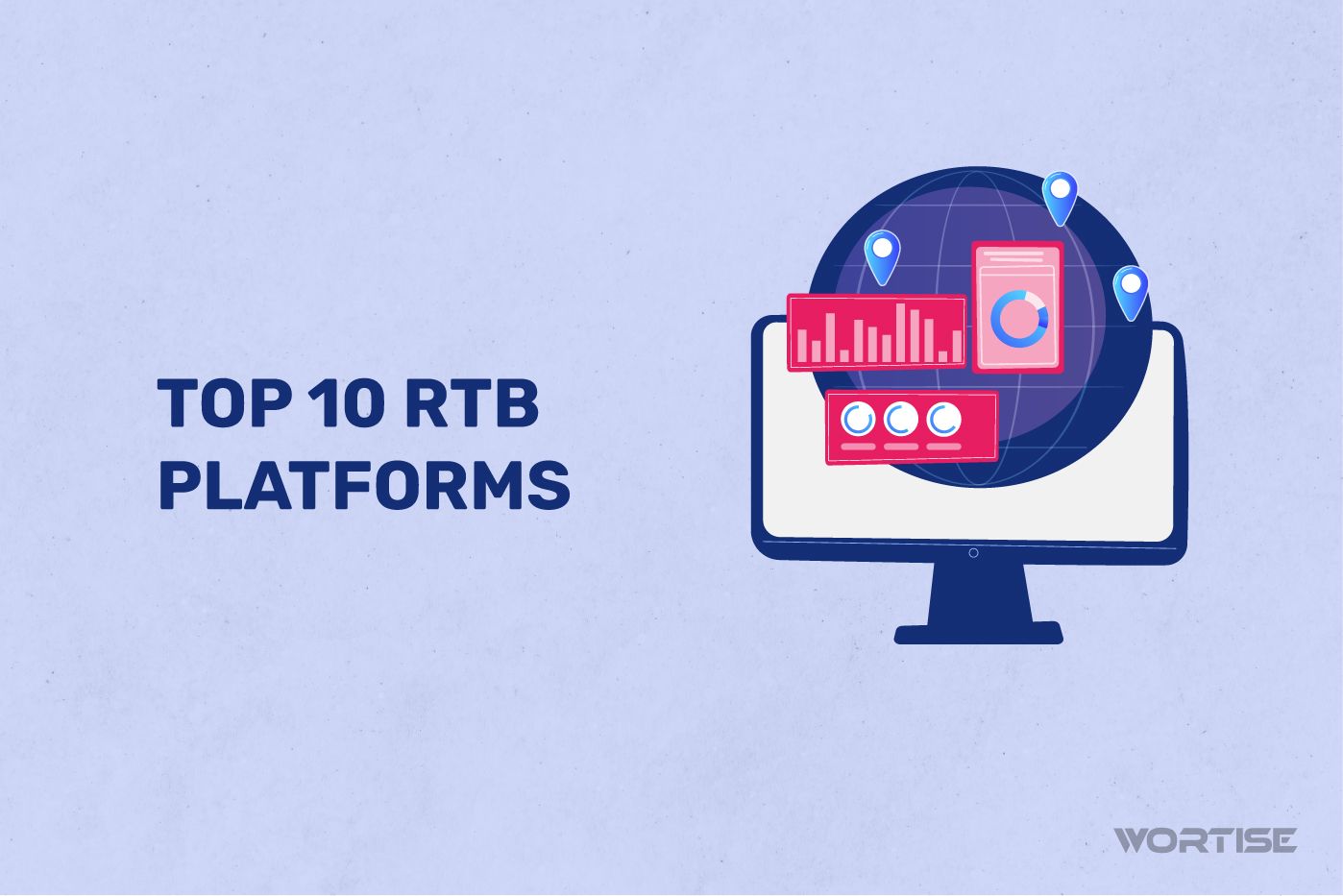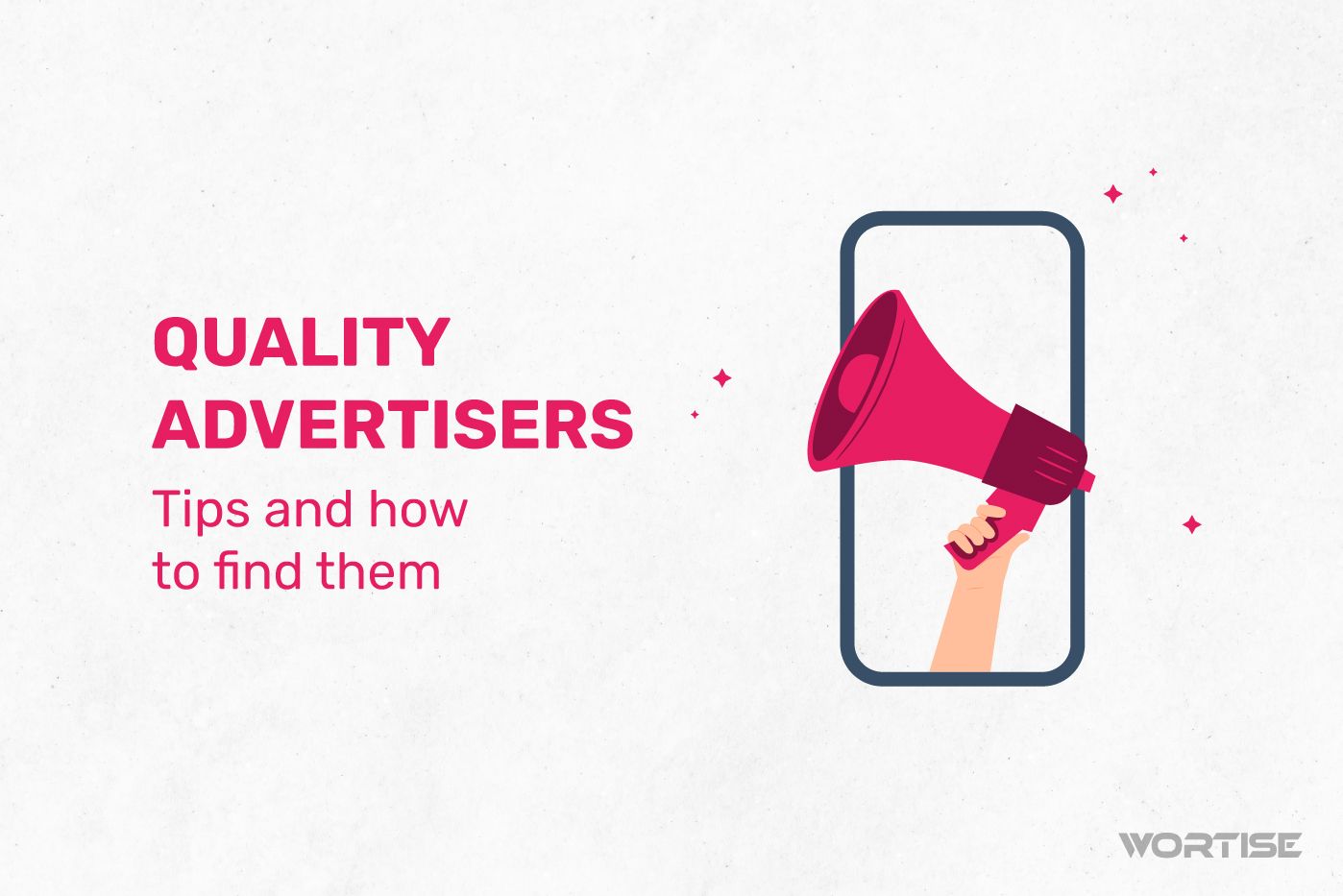There are two confident paths you can choose to monetize your app: Real Time Bidding (RTB) and Programmatic Direct. Both approaches offer high opportunities to reach the right audience and boost the performance of each campaign. It’s beneficial to understand how they work and what their key differences are so you can make the most of each one.
Although they have some distinct differences, they both have one thing in common: they heavily rely on modern technology to buy and sell advertising space easily and securely, promoting a win-win situation for publishers and advertisers.
Let’s explore more about Programmatic Direct and Real Time Bidding (RTB) offerings and discover some tips to strengthen your strategies and maximize your monetization.
What Are Programmatic Direct?
Programmatic Direct deals with the matter directly. In other words, it doesn’t require going through the open auction mechanism but is executed through a direct agreement between a publisher and an advertiser under an automated scheme.
Its operation is quite practical: the advertiser receives an invitation from a publisher to purchase their inventory for a specific period. This direct deal allows the parties to define a negotiated CPM rate, duration, and more.
Programmatic Direct is a valuable mechanism for publishers, who can ensure they sell their premium inventory to interested buyers. And, of course, it’s beneficial for advertisers who enjoy the significant advantage of obtaining more valuable impressions.
Types of Programmatic Direct
When we talk about Programmatic Direct advertising, it’s important to note that there are two types or ways to do it. Let’s see:
- Guaranteed Programmatic: This works as a kind of programmatic guarantee, meaning the publisher’s inventory can be reserved through a direct deal. This reservation includes ad formats, quantities, start and end dates, etc.
- Preferred Deal: Unlike the former, this type of offer is not guaranteed or reserved, known as a preferred deal. As a bonus, advertisers can have a look at the inventory before reaching any agreement.
What Are Real Time Bidding (RTB)?
Real Time Bidding (RTB) is a form of programmatic advertising that operates in a real-time auction where advertisers bid and compete for ad space.
Auctions are conducted automatically through a mediation platform, and, as you might imagine, they are quite dynamic. They use real-time technology and data to facilitate the efficient, fast, and transparent transaction of ads.
In short, it’s a market that never stops. Advertisers submit automatic bids to compete for a specific advertising space, but that doesn’t mean they win immediately. As it’s a auction, the highest bid wins.
After this entire process, the ad is displayed to users in a matter of seconds. Even though everything is very fast, the idea is that each advertisement matches the correct ad inventory to reach the right audience.
This competitive scheme allows advertisers to adjust their bids and strategies in real-time through a Demand-Side Platform (DSP), while publishers, through a Supply-Side Platform (SSP), can get lucrative offers to increase their monetization rates.
Differences Between Programmatic Direct and Real Time Bidding
Without a doubt, the main difference between Programmatic Direct and RTB lies in how the buying process is conducted.
The RTB model is executed through an open auction, meaning it’s more public, while Programmatic Direct prioritizes the establishment of direct agreements between a specific buyer and seller.
Let’s look at 5 other points where they differ:
#1 Control and Transparency:
As you might expect, Programmatic Direct offers a higher level of control and transparency, as advertisers can select specific sites and media where their ads will be displayed. In contrast, in RTB, advertisers do not have direct control over the exact ad placement; remember that placements are based on auction characteristics.
#2 Relationship with Publishers:
In RTB, the process is entirely automated and doesn’t involve a direct relationship with publishers. There’s no need for conversation and negotiation to reach agreements; offers are simply accepted or rejected. In contrast, with Programmatic Direct, the opposite is true: it establishes a negotiation relationship between publishers and advertisers, which can lead to more personalized agreements.
#3 Segmentation and Customization:
While both advertising approaches offer audience segmentation options, the RTB model works with real-time demographic data, online behaviors, and other factors that serve as parameters for more efficient segmentation.
#4 Real-Time Optimization:
Advertisers who opt for the RTB model can adjust their bids and strategies in real-time based on the results they are achieving. This real-time optimization capability is not available in Programmatic Direct.
#5 Costs:
In RTB auctions, there is more flexibility for advertisers; they can bid and pay modest prices for spaces they consider valuable. This is not the case with Programmatic Direct offers, which are typically a bit more expensive due to fixed prices. The advantage of paying more in the Programmatic Direct model is that advertisers can access exclusive inventories, which is great for publishers, as it guarantees more profitable ads on their app.
Programmatic Direct vs. Real Time Bidding: Which One Is Right for You?
If you believe your inventory is premium, Programmatic Direct may be the right choice for you. However, determining which model suits you best depends solely on your goals as a publisher.
Are you looking to fill your inventory without direct contact with anyone? RTB may be the way to go. Do you want to customize your inventory and establish direct rules with advertisers? Perhaps the Programmatic Direct approach suits you better.
It’s worth noting that Programmatic Direct and RTB are not mutually exclusive. Combining both approaches (which is highly recommended) in your strategy can help you leverage their respective strengths.
Tips for Maximizing Programmatic Offers
#1 Inventory Quality:
Before embarking on a programmatic campaign, establish clear and measurable goals based on the quality of your inventory. Advertisers value spaces that are relevant for displaying their ads, so keep it updated and free of offensive content.
#2 Offer Custom Audience Segments:
Your audience data is a goldmine. If you can collect all the data from your app and third parties, you can have valuable information about the interests, online behaviors, and demographic characteristics of your audience. This is valuable for offering personalized inventory segments that are attractive to advertisers. The more detailed your segmentation, the more coveted your inventory will be.
#3 SSP/DSP Integration:
Make smart decisions when integrating inventory selling platforms (SSP) and programmatic buying platforms (DSP). Choose those that align with your goals and allow you to access premium advertisers, automated operations, metrics, and more. Research which ones offer the best DSP integrations so you can reach the advertisers you want.
#4 A/B Testing:
Before designing and launching your inventory for sale, put yourself in the shoes of an advertiser. If you were one of them, what would you want to achieve? What would your expectations be? Is your app the ideal showcase for them? Before settling on absolute truth, it’s better to test different ad formats, calls to action, placements, and monetization strategies to evaluate which options generate the best results for you to follow.
#5 Monitoring and Transparency:
Always choose mediation platforms that provide clear reports and give you autonomy to decide on the ads displayed in your app. On your part, make sure to be 100% transparent with each advertiser to avoid ad fraud and damage to your reputation. Monitoring your inventory closely based on performance metrics—click-through rates, conversions, impressions, and more—will help you make timely decisions to maximize return on investment.
Tips for Leveraging Real Time Bidding Offers
#1 Set Competitive Prices:
Since you’ll be entering an open auction, your sensible choice is to analyze market prices and adjust your offer to attract advertisers to your app. However, when we talk about competitive prices, we don’t mean putting your inventory up for sale at rock-bottom prices. Consider your monthly monetization plans and set optimal offers. In this market, advertisers are willing to pay a fair price for great visibility.
#2 Know Your Audience:
Just like in any advertising strategy, it’s crucial to understand your target audience. Use demographic data and other relevant information to better comprehend your audience and segment properly in RTB auctions. Advertisers will appreciate your efforts in this regard.
#3 Collaborate with Trustworthy Partners:
Work with reliable DSP partners that help you connect with a wide network of advertisers, giving you more opportunities to monetize through the RTB model. There are mediation platforms that can assist you in connecting with a large number of Ad Networks.
#4 Configure Smart Bids:
While we mentioned setting competitive prices, you can also opt for strategies that encourage advertisers to choose your app. For example, you can choose a bid strategy based on cost per click (CPC) or cost per thousand impressions (CPM).
Advantages of Programmatic Direct and RTB
By this point, you’ve likely drawn some conclusions about why these advertising models are vital in your monetization plans. To delve a little deeper, let’s explore the key advantages of Direct Offers and RTB:
Benefits of Programmatic Direct:
- Greater control over your inventory.
- Possibility to build long-term relationships with advertisers.
- Greater capacity to obtain stable long-term revenue.
- Ability to create custom inventories according to advertiser requirements.
- Flexibility in negotiations regarding price, ad duration, delivery frequency, etc.
Pros of Real Time Bidding:
- Many buyers compete in real-time for your space, ensuring a higher fill rate.
- Manual negotiations are eliminated; everything is automated, streamlining the monetization process.
- RTB allows you to view key indicators (click-through rate, for example), helping you make informed decisions instantly.
- It’s scalable and can adapt to different traffic volumes.
Reach the best advertisers and maximize the value of your inventory with Wortise
Hello, Publisher! If you’re determined to monetize your available inventory more effectively, join Wortise and leverage our advanced ad network platform with over 100 Ad Networks.
Believe us, in addition to the strategies you have in mind, you need an ally like Wortise to better manage your inventory, access premium advertisers, and increase your eCPM.
By the way, we provide the highest eCPM on the market (up to double that of AdMob), personalized support, metrics, and guidance on tactics to maximize your earnings.




